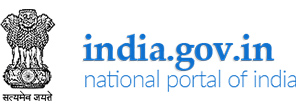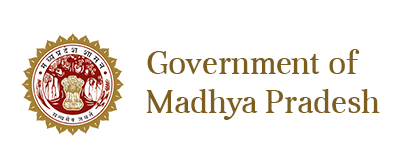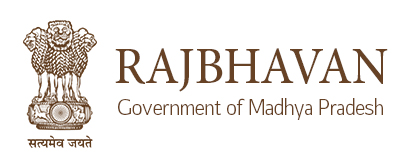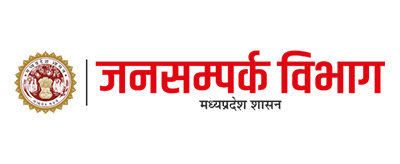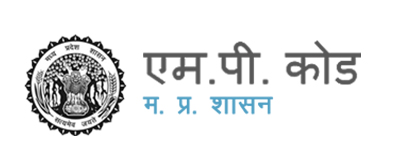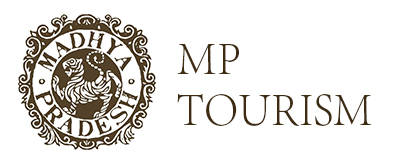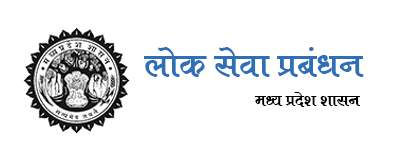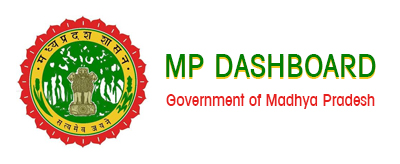Pachmarhi Bio Reserves
- »Architectural Planning and Design Division
- »List of Empanelled Architect
- »Work Distribution
- »Form for Architectural Empanelment
- »Green Building Services
- Environment Engineering and Project Division
- »Preparation of DSoR
- »National Plan for Conservation of Aquatic Ecosystems (NPCA)
- »Vision Document for development of town for UADD
- »Waste Paper Recycling Unit
- »Project Management Consultancy/ Supervision and Quality Control
- »Conservation of Urban Water bodies
- »Landscaping and beautification
- »Structural design & Vetting
- »Green Ganesh Campaign
- »Comprehensive Mela Plan for Simhastha
Panchmari Biosphere Reserve
Pachmarhi Biosphere Reserve has been designated for inclusion in the world network of Biosphere Reserves on 26th May 2009.
There are several potential areas in Madhya Pradesh which can be designated as Biosphere Reserves. Pachmarhi area due its unique Sal forests, diverse and rich flora and fauna, topography and geographic situation and inhibition of tribal population designated as Biosphere Reserve by Government of India (vide notification no J-22016/17/94-BR dtd. March, 3rd 1999) on the basis of project document prepared by Environmental Planning and Coordination Organization, (EPCO) Bhopal, an autonomous organisation under the Department of Housing and Environment, Government of Madhya Pradesh. The area has also been identified on the World Network of Biosphere Reserves by UNESCO on 26th May 2009.
The Pachmarhi Biosphere Reserve lies between latitude 22011' to 22050' N and 77047' to 78052' E longitude in central part of India covering parts of Hoshangabad, Chhindwara and Betul districts of Madhya Pradesh. The area falls almost in northern part of biogeographic zone (6) and biogeographic province (6A) viz., Deccan Peninsula Central Highlands. It is almost in the centre of 6A. The total area covered by Pachmarhi BR is 4981.72 km2. Out of which the core zone covers 1555.23 km2. It comprises three protected areas viz. Satpura National Park (524.37 km2), Bori (485.72 km2) and Pachmarhi (439.15 km2) Sanctuary and area of RF & PFs (105.99 km2). The buffer zone is extended in an area of 1785.58 km2 and transition zone comprises of 1640.91 km2 area.
The Satpura hill ranges run from east to west and the Pachmarhi Plateau is practically placed in the centre of area having an elevation of around 1050 m. The Pachmarhi hills have steep slopes in the north and in the south it is straight exposing the bare rocks. Some of the conspicuous hilly areas are Jambudweep, Dhoopgarh, Handikho, Mahadeo, Chauragarh and Bee Fall. Amongst these, the Dhoopgarh is highest point (1352 m above msl) in the State. Patalkot, which is also one of the major tourist spot, is located in Tamia block of Chhindwara district. The area lies 300-400 m below the escarpment. It is famous for its natural landforms on the northern edge of Satpura hills. It is an area of geographical isolation.
Pachmarhi Biosphere Reserve area, which constitutes the Central part of India, is one of the highly biodiversity rich areas with high floristic diversity and unique plant life forms. Pachmarhi BR is often recognized as “Genetic Express Highway” linking two biodiversity hot spots of the country, viz., Eastern Himalaya and Western Ghats, also as confluence of northern and southern type of vegetation. Total reported species of angiosperms belongs to 633 genera under 127 families. A total of 108 species distributed under 45 families were newly reported. No wonder if further study shows the inclusion of many more new species to the existing list.
The faunal composition represents the Deccan Peninsular zone of biogeographic classification of India. The great diversity of geomorphology and vegetation give rise to multitude of habitats and ecological niches that support rich wildlife. The Satpura National Park as well as Bori and Pachmarhi Sanctuaries have a much better population of wildlife than other reserved forest areas. The area has long history and tradition of wildlife conservation.
Most of the Pachmarhi BR is covered with dense forest vegetation and forms an ideal habitat for wild animals. Over 50 species of mammal, 254 species of birds, 30 species of reptiles, 56 species of butterflies and numerous other forms of animals are found in the area. The steep vertical scarps are home to numerous raptors like honey buzzard and black eagle and hawks. These forests have both grey as well as the red jungle fowl, which are usually found separately either in north or south India, respectively. Among the other birds represented are Malabar pied Hornbill, Malabar whistling Thrush and Paradise fly Catcher. The presence of numerous streams, dense foliage, wild flowers, woodland edges and damp patches attract numerous colorful butterf1ies including orange oak leaf, black Rajah, great egg fly, blue pansy etc.
The area is rich from cultural point of view. It was mainly inhabited by tribal in past. Among these, the most primitive tribe ‘Bhariya’ are found in Patalkot region. The economy of the people residing in Pachmarhi BR is mostly based on tourism, agriculture, cattle rearing, etc.In the vicinity of the Pachmarhi plateau there are a large number of cave shelters of great archaeological interests, contained in them are a number of rock paintings executed by the tribes. Some of these may be around 10000 years old while a majority of these paintings belong to historical age, being 2500 to 1500 years old.
The area comprises 581 human settlements (villages & urban agglomerations) which include 509 revenue villages, 65 forest villages and 7 semi urban settlements. In BR area, indiscriminate harvesting and overexploitation of natural resources, threat to gene pool, wild life and meadows\ open glades are the major critical issues.







